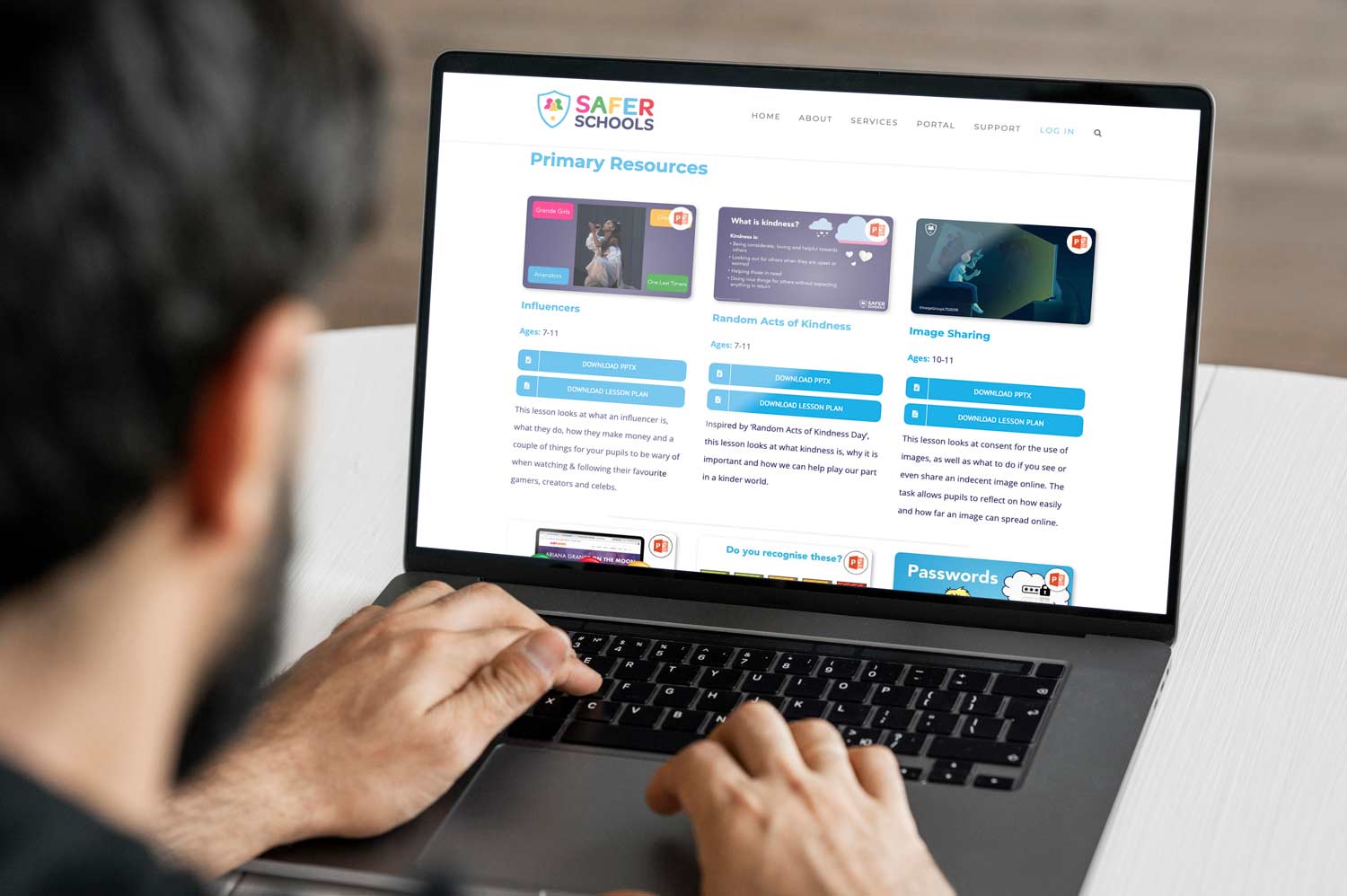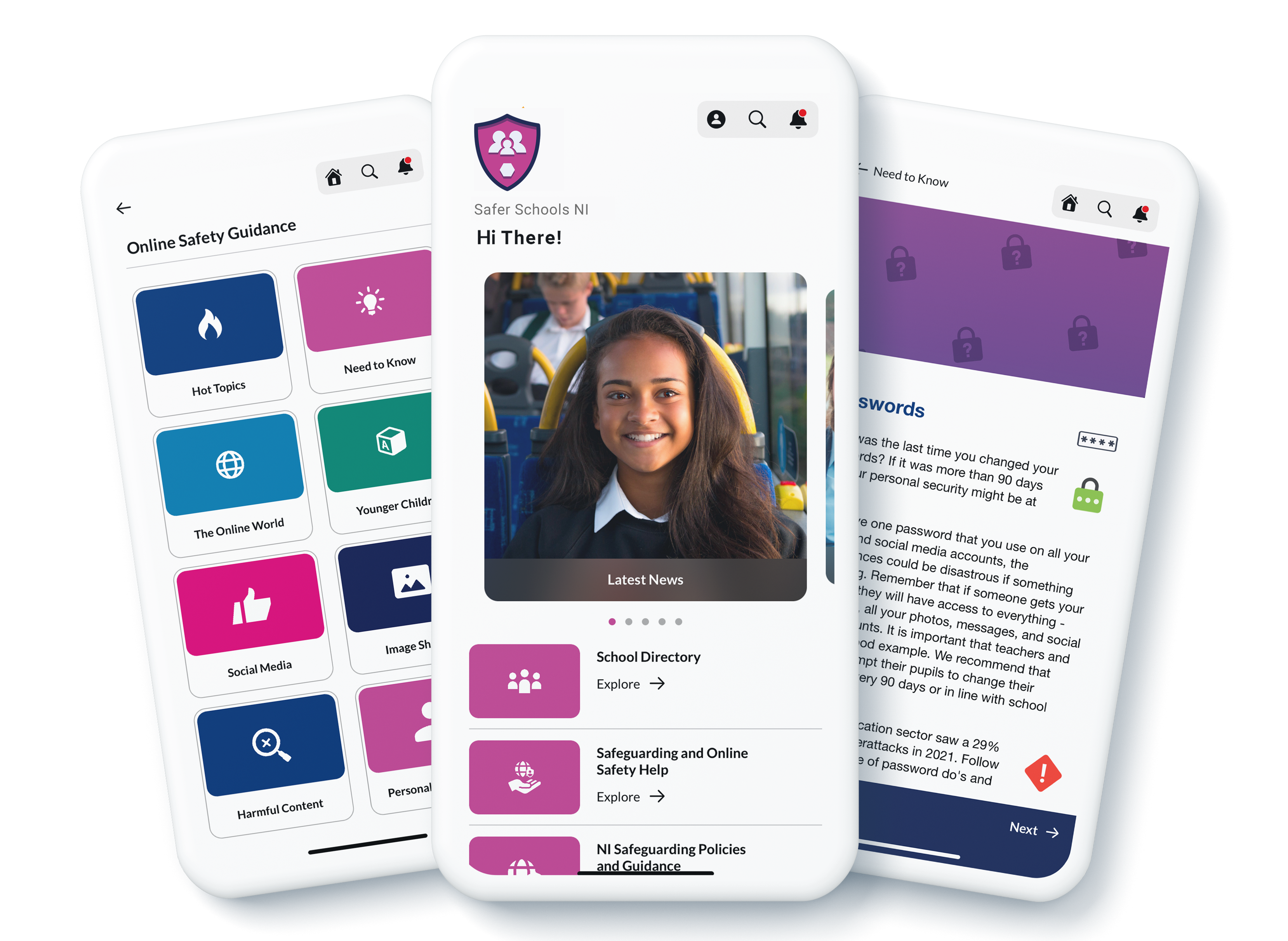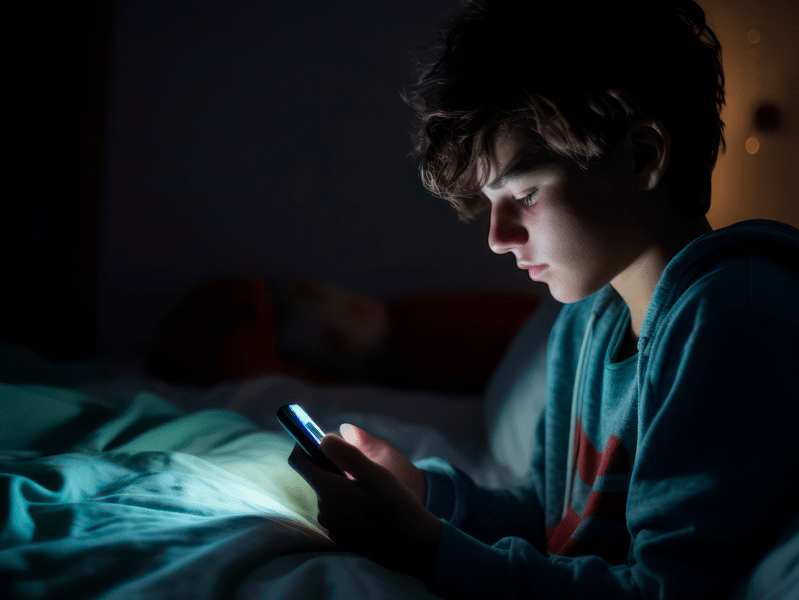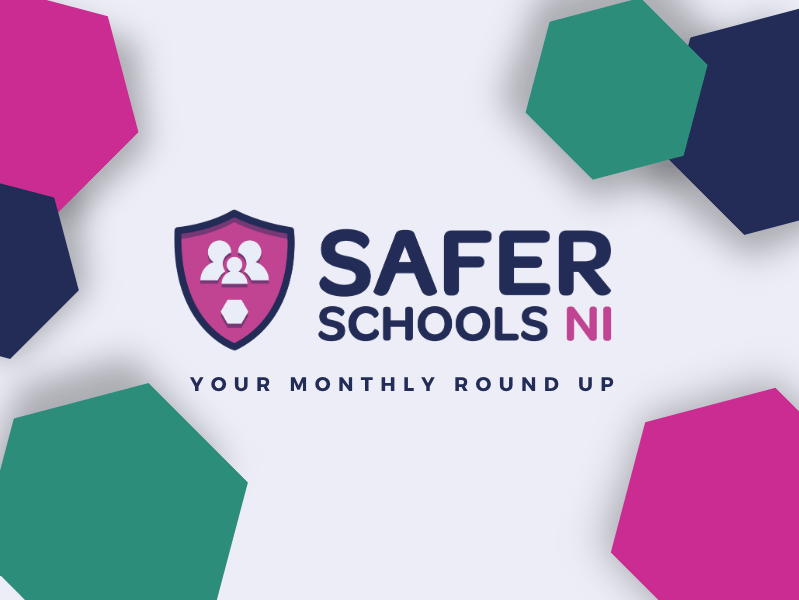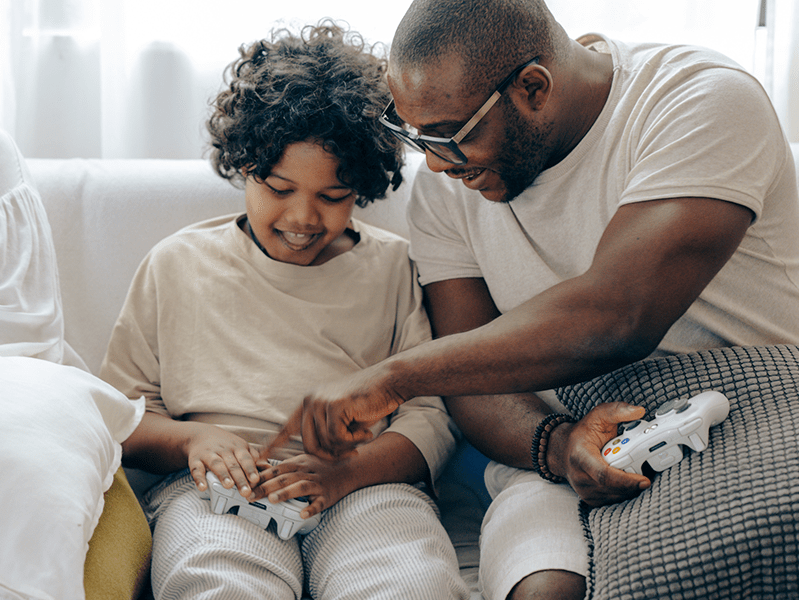Last Updated on 26th November 2025
Is Your Child’s Photo Safe?
Understanding Image Consent at Schools and Preventing AI Image Exploitation
Reading Time: 4.7 mins
February 18, 2025
1. Understanding the Threat
A small number of schools are reporting incidents where photos, frequently those of female pupils and staff, are being taken from their websites and social media channels, manipulated into a sexualised context using AI, and then used in attempts to blackmail schools.
The increasing prevalence and accessibility of AI image generation tools is a worrying development, raising the likelihood of these practices becoming more common. This guide aims to provide parents with information on how to prevent, respond to, and report incidents of AI-generated image exploitation.
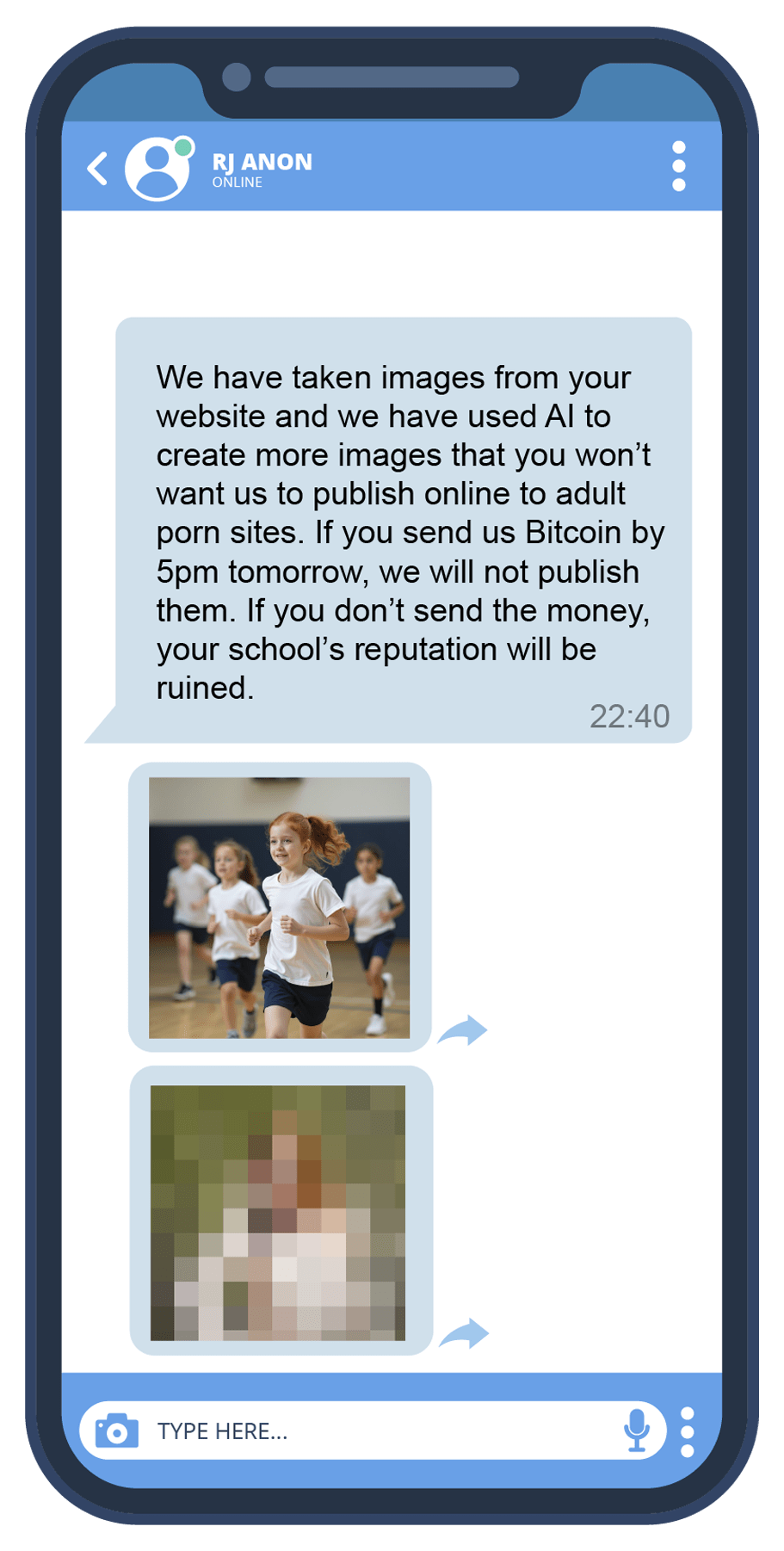
Remember: If this happens at your child’s school, it is an attack on the school community. The children in the images have done nothing wrong. If children are featured in any of the innocent images used by an extortionist, they will need support and reassurance. This is also true for other children who may have heard rumours and are worried that it might happen to them. It’s vital to work with the school to ensure your child receives the necessary support.
2. Practical Tips and Guidance on Responding Appropriately
SUPPORT THE SCHOOL
Work collaboratively with the school, listen actively, and remain patient as efforts are made to resolve the issue. When incidents like this occur, parents may be tempted to blame the school. Remember, this act is committed by a criminal and the school will be doing everything they can to protect their pupils.
One of the best ways to prevent this from happening is to consider if and how you consent to your child’s photographs being used. Talk to the school about the steps they are taking to make school images safer.
3. Understand Consent and Your Child’s Image
As schools frequently ask for permission to use student photos, parents should be well-informed before making decisions about their child’s image.
Understanding the fundamental principles of consent is key, which means that consent must be informed, and you should receive clear and comprehensive details about exactly how the photo will be used. It must be specific, covering only the stated purpose and not assumed for any other use.
Consent should be freely given, without any pressure, and it must be revocable, meaning that you can change your mind and withdraw it later.
Here’s what to consider:
Additional Resources
Join our Safeguarding Hub Newsletter Network
Members of our network receive weekly updates on the trends, risks and threats to children and young people online.

